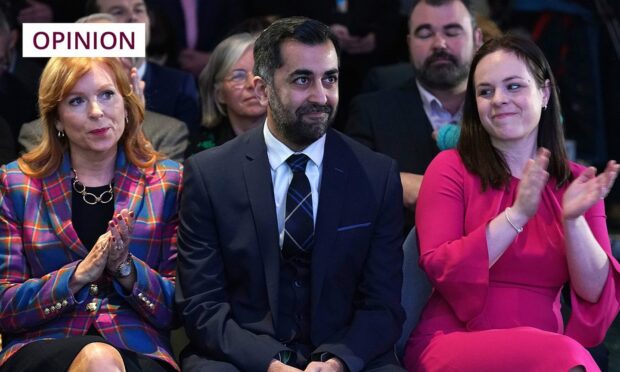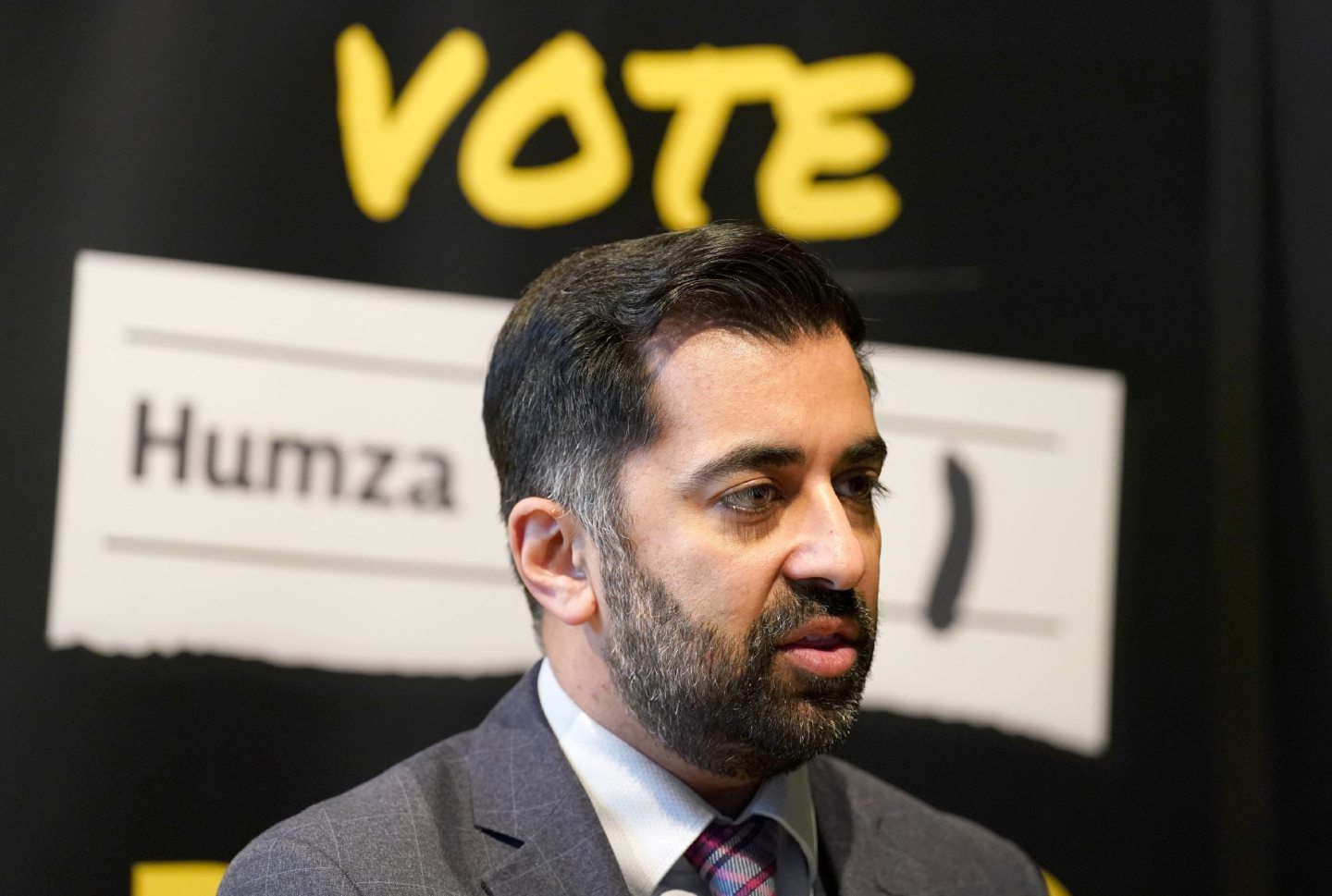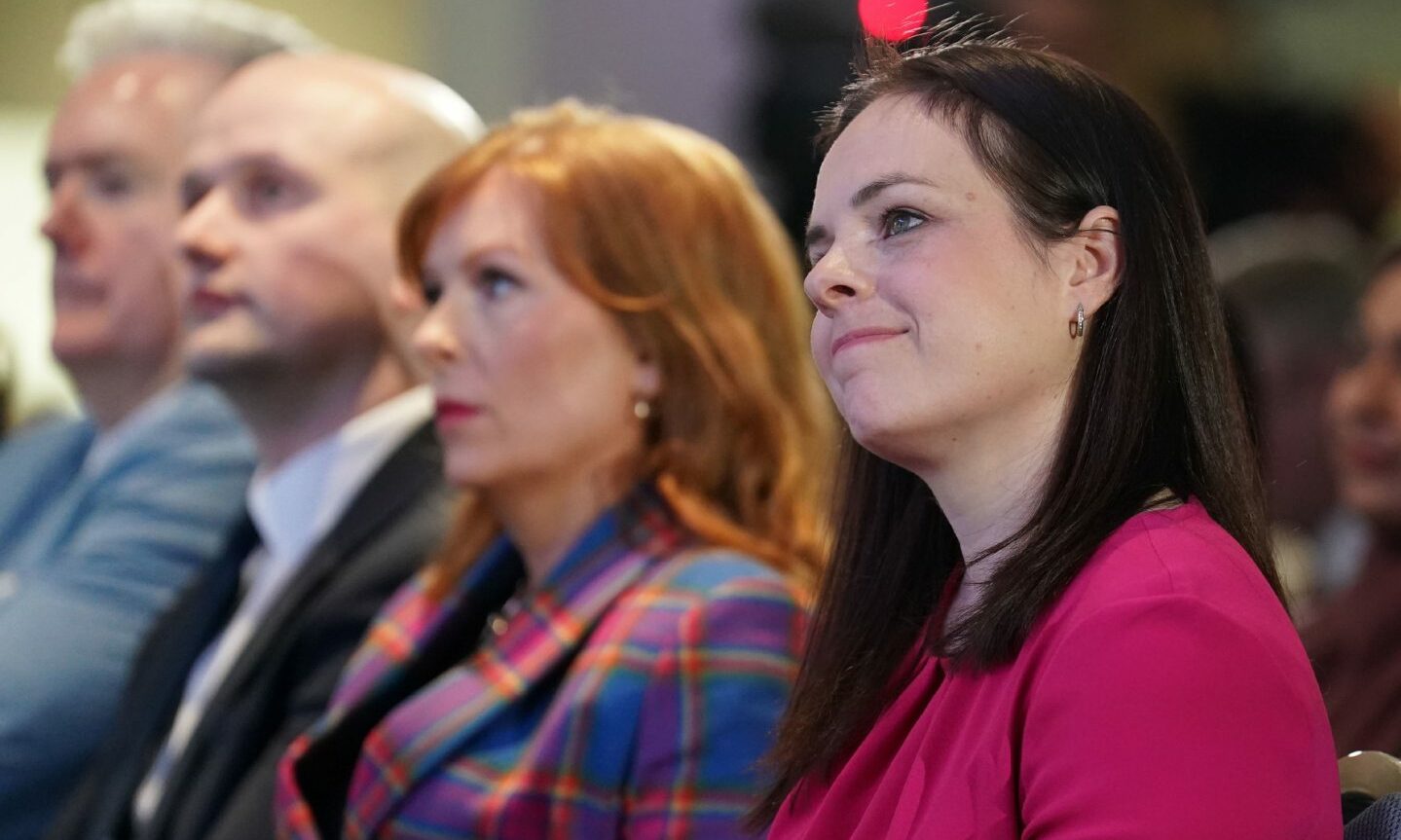What is it with 52% to 48% results?
This final score by which Humza Yousaf beat Kate Forbes to become Scotland’s new first minister – after third-placed Ash Regan’s second preferences were redistributed – mirrored the narrow upshot of the 2016 Brexit referendum.
For the political anoraks out there, it was also the result of Scotland’s first vote on devolution, back in 1979.
What lessons can be learned?
What lessons can we draw from these close outcomes? The main one is that the campaign which scrapes over the line shouldn’t proceed on the basis of the Abba song: “The Winner Takes It All”.
In the case of Brexit, a compromise approach would have pointed to the UK leaving the European Union but remaining in membership of its single market, as well as EU programmes such as those funding research collaboration and student exchanges.
A footnote of devolution is that it was the loser who took it all in 1979, as it was opposition to Scotland having a legislature that got the 48%.
But the assembly plans didn’t proceed because the rules required the Yes campaign to overcome a turnout threshold, as well as win a majority of the vote.
In any event, one side taking all the spoils worked out badly. The extreme form of Brexit pursued in the aftermath of the referendum has wreaked political and economic havoc for the UK.
The failure of Conservative governments in the 1980s and 1990s to countenance any measure of self-government for Scotland didn’t make the issue go away.
On the contrary, it ensured that it came back in stronger form next time round, as well as sowing a degree of bitterness, and setting Scotland off on a path of the constitution being the main dividing line of our politics.
Tory politicians who don’t like these harvests should remember that they planted them.
There are undoubtedly cautionary notes here – not just for Humza Yousaf and his MSPs, but for the whole SNP – in moving forward after a leadership election that was sparky, difficult, and at times ill-tempered.
It was better, though, that candidates spoke their mind, rather than campaigned in platitudes.
Scotland should be proud of Yousaf’s appointment
The tight result in no way detracts from Mr Yousaf’s victory, and nor should it minimise the significance of Scotland having a first minister from an ethnic minority background.
His parents, who came to this country as immigrants, must feel immense pride.
We should all be proud of Scotland, while facing up to the fact that we are nowhere near to eliminating racism from our society.
What the nip-and-tuck nature of Mr Yousaf’s elevation should do, however, is dictate how he proceeds in office: both in terms of putting his ministerial team together, and the policy agenda he pursues.
Regardless of which candidate they backed, I suspect that SNP members would wish to see such balance exercised.
The politics should follow the numbers, and the reality is that a majority of those who voted supported the two candidates – Mrs Forbes and Ms Regan – who overtly stood on platforms advocating substantial change.
Indeed, on the basis of her second preference transfers, a significant part of Mr Yousaf’s 52% mandate came from supporters of Ms Regan: the candidate who resigned over the gender recognition reform bill, and who was most sceptical about the nature of the SNP’s relationship with Green MSPs.
The first minister has a clear mandate, but he doesn’t have a free hand to act unilaterally.
The good news is that these circumstances are in his own interests and those of the country.
If he chooses to, Mr Yousaf can deliver collegiate government that is effective by being responsive.





Conversation